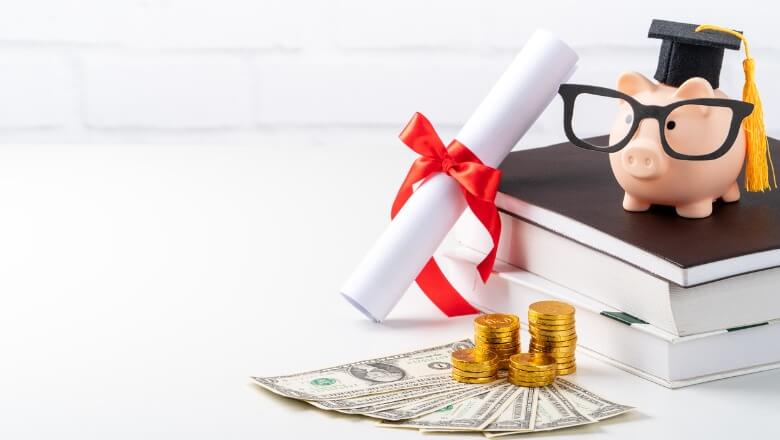APR versus interest rate
• What’s the difference?
APR, which stands for annual percentage rate, is the interest rate plus any fees your lender may add to the principal loan amount. The interest rate alone is what you’re being charged to borrow money from your lender, expressed as a percentage of the principal loan amount.
• Which fees are typically included in an APR?
The most common fee included in an APR is the student loan origination fee. This fee is typically based on a percentage of the total loan amount and gets deducted from the funds you receive before the loan is disbursed. Some lenders—like SoFi—don’t charge any fees.
• How do interest rates work?
The interest rate represents the amount your lender is charging you to borrow money. It’s expressed as a percentage of your loan amount (or principal) and doesn’t reflect any fees or other charges that might be connected to your loan.














